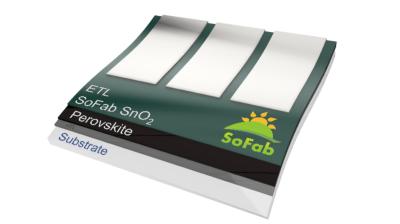Researchers use supercomputers to uncover unconventional electron–phonon physics in halide perovskites
Researchers at The University of Texas at Austin (UT Austin) recently gained better understanding of the origin of halide perovskites' extraordinary carrier lifetimes, by showing that halide perovskites are governed by unconventional electron–phonon physics, leading to the formation of topological polarons, a class of phonon-mediated electron/hole quasiparticles.
The team's findings suggest that halide perovskites may be regarded as a class of quantum materials where electron–phonon couplings replace the traditional electron–electron interactions of correlated electron systems.








